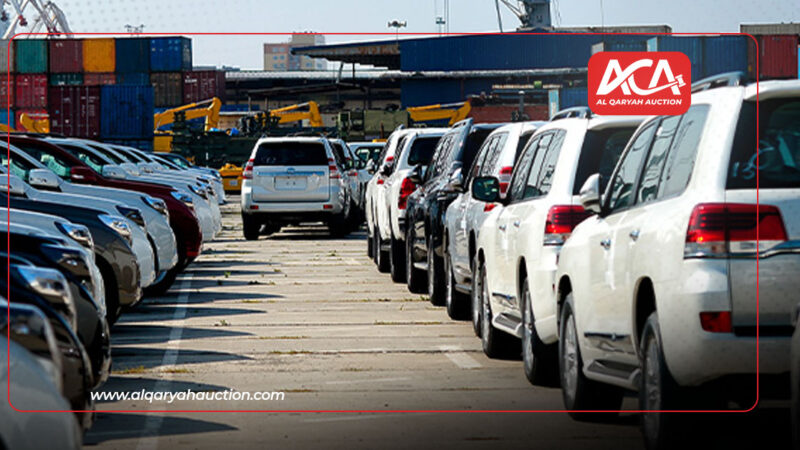Tension at the Threshold: The Geometry of a Perfect Danger Sign

When encountering a danger sign, the mind reacts swiftly to the implicit warning, often without a second thought. However, the efficacy of these signs lies in more than just their visual appearance; it is embedded in the very geometry that shapes them. Emergency signs, particularly in emergency contexts, are not mere arbitrary symbols—they are carefully crafted representations designed to convey urgency, alertness, and safety awareness. The geometry of these signs is pivotal, acting as the silent bridge between the potential hazard and the necessary action. In this article, we explore how the visual language of danger signs functions at the threshold of human perception and decision-making.
The Role of Geometry in Warning Signs
The design of emergency signs goes far beyond aesthetics; it operates on a psychological level. The human brain processes shapes, colors, and proportions instinctively, which is why geometric choices in danger signs are so crucial. These shapes are not random but follow specific patterns that guide the observer’s attention and evoke certain responses.
For example, the octagonal shape of a stop sign is a universally recognized symbol of urgency. The symmetry of an octagon signals that the danger is not to be ignored, demanding attention immediately. Similarly, the triangular shape often used for caution signs symbolizes a warning without the immediacy of an actual threat. Geometrically, triangles, being sharp and angular, evoke a sense of precision and alertness, signaling that while danger may not be imminent, it is not to be taken lightly.
Moreover, the proportions of these shapes matter. Research has shown that signs that are proportionally balanced are more easily recognizable from a distance. This is why emergency signs designed for highways, workplaces, or public spaces often follow strict guidelines regarding shape and size. The geometry not only ensures that the message is clear but also guarantees that it stands out in various environmental contexts.
How the Design of Emergency Signs Influences Behavior
When it comes to safety, the primary function of emergency signs is not merely to alert but to direct action. The geometry embedded in these signs plays an important role in shaping how people respond to potential hazards. Danger signs have to evoke a feeling of urgency but without causing panic. This delicate balance is achieved through the specific use of shape, color, and placement.
The use of red in many danger signs is no coincidence. Red triggers a strong, primal response in the human brain, signaling danger or an immediate need for action. This color is known to raise blood pressure and increase heart rate, both of which can prompt people to act faster. In combination with geometric shapes, such as circles or triangles, red communicates a message that must be acknowledged and responded to quickly.
One of the most crucial aspects of danger sign design is its ability to be recognized and understood at a glance. In environments such as factories, construction zones, or hospitals, individuals often have little time to assess their surroundings. Here, the geometry of emergency signs, especially the size and clarity of the symbols, determines how well the signs perform their function. A well-placed danger sign with the right geometric shape can help guide people to safety more effectively than words or other methods of communication.
The Threshold of Perception and Immediate Response
The concept of a “threshold” is a fundamental idea when discussing the effectiveness of emergency signage. This threshold refers to the critical point at which an individual first perceives the sign and recognizes its meaning. At this point, the geometry of the sign—its shape, size, color, and placement—plays a significant role in shaping the person’s response.
For example, in an emergency, a person might encounter several signs, each conveying different levels of urgency. However, the geometry of a danger sign ensures that the most immediate and critical message is understood before the others. Consider a building’s fire exit sign: the simple green square with white text might indicate an emergency exit, but it is the clear triangular fire hazard warning sign that directs individuals to immediate action in a life-threatening situation.
Designing the perfect danger sign means balancing visibility with ease of understanding. A sign that is too complex, with excessive detail or poor geometric structure, might overwhelm the viewer, especially in a high-stress situation. Conversely, a well-designed sign with clear, bold geometry ensures that the message is immediately understood. The threshold is not just the point of recognition, but the transition to action. The right geometry can facilitate this transition effectively.
The Power of Simplicity in Danger Signs
In many ways, the most effective danger signs are the simplest. They use basic geometric principles to maximize their impact. For example, the use of a circle or triangle combined with contrasting colors like red, black, or yellow ensures that the danger sign is both eye-catching and easy to read. These geometric forms allow the human eye to process the information quickly and efficiently.
A significant aspect of the geometry of these signs is their ability to communicate clearly in diverse environments. Whether indoors or outdoors, on highways or in confined spaces, danger signs must maintain their effectiveness across a variety of settings. This requires a universal, geometric design that can be easily scaled and adapted to different locations and lighting conditions. Therefore, the geometry of a danger sign is optimized not just for aesthetic purposes, but also for practical, real-world use.
Beyond Shapes: The Geometry of Placement
While the shapes of danger signs are critical, their placement can significantly influence their effectiveness. A well-placed sign, even if it’s small, can be more noticeable than a large one in the wrong spot. Geometric placement—the way a sign is situated relative to its surroundings—affects how and when it is noticed by the observer.
For instance, emergency signs are often placed at key decision points: where the danger is imminent, or where people are likely to make a choice that will affect their safety. The positioning and angle of these signs are considered to ensure they appear within the line of sight at critical moments. Whether placed on walls, floors, or ceilings, the geometry of placement ensures that the sign is visible and its message is communicated at the right time.
Conclusion: The Silent Warning
In the end, the geometry of a perfect danger sign operates as an invisible force, guiding human behavior in high-stakes situations. Its design incorporates shapes and proportions that not only convey urgency but also make it easier for the observer to react swiftly. Emergency signs are more than just functional; they are an integral part of our safety infrastructure, designed to protect us by harnessing the power of geometric precision. As the threshold between danger and safety narrows, the role of these signs becomes all the more critical. The geometry of a danger sign, when perfectly crafted, is not just a warning—it is a life-saving tool.



